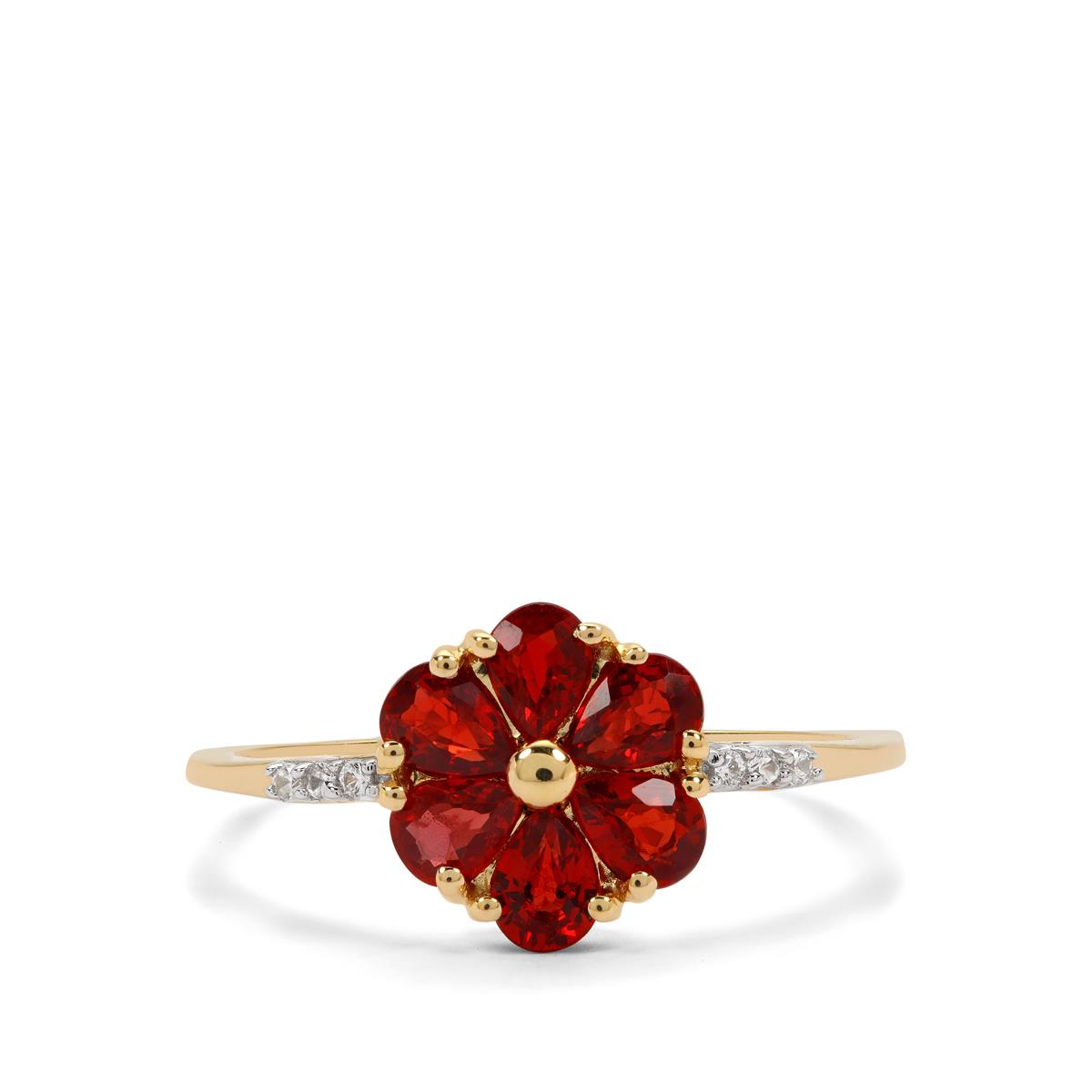Good morning everyone.
There is a shopping channel here in the UK called Gemporia which is selling Songea Red Sapphire jewellery. I thought all red sapphires were beryllium treated and couldn't be called rubies because their colour came from beryllium rather than chromium. However, Gemporia says that the only treatment to which these stones have been subjected is heat treatment. Do you have any explanation for this?
There is a shopping channel here in the UK called Gemporia which is selling Songea Red Sapphire jewellery. I thought all red sapphires were beryllium treated and couldn't be called rubies because their colour came from beryllium rather than chromium. However, Gemporia says that the only treatment to which these stones have been subjected is heat treatment. Do you have any explanation for this?








300x240.png)